Abdominal liposuction surgery carries certain risks and sequelae, including infection, bleeding, and uneven skin texture. Choosing a reputable medical institution, conducting thorough preoperative evaluations, and providing strict postoperative care can reduce risks.
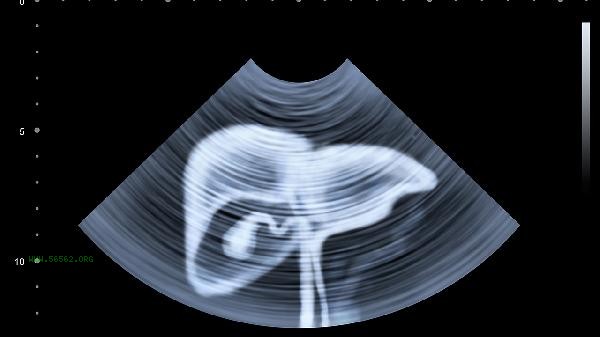
1. Infection: Liposuction surgery is an invasive procedure, and improper postoperative care may lead to infection. The symptoms of infection include redness, swelling, pain, fever, etc. The key to preventing infection is to keep the wound clean and dry after surgery, use antibiotics according to medical advice, and avoid strenuous exercise.
2. Bleeding: During the surgery, blood vessels may be damaged, leading to bleeding. Severe bleeding may cause shock and requires urgent treatment. Preoperative coagulation function test should be performed, and postoperative bleeding should be closely observed. If necessary, hemostatic treatment should be performed. 3. Uneven liposuction may result in uneven skin surface. This phenomenon may be related to the doctor's technique, excessive liposuction volume, or improper postoperative care. Choosing experienced doctors, controlling the amount of liposuction, and wearing shapewear after surgery can help reduce the occurrence of uneven skin.
4. Thrombosis: Long term bed rest after surgery may increase the risk of thrombosis. Thrombosis detachment may lead to pulmonary embolism, which is life-threatening. After surgery, it is advisable to get out of bed as soon as possible and follow the doctor's advice to use anticoagulant drugs to prevent thrombosis.
5. Anesthesia risk: Liposuction surgery usually requires general anesthesia or local anesthesia, and anesthesia itself carries certain risks. A comprehensive anesthesia evaluation should be conducted before surgery to select the appropriate anesthesia method, and vital signs should be closely monitored after surgery.
6. Abnormal skin sensation: Postoperative skin numbness, tingling, and other sensory abnormalities may occur. This phenomenon is usually related to nerve damage and will gradually recover in most cases. After surgery, excessive massage or hot compress should be avoided, and physical therapy should be carried out according to medical advice.
7. Postoperative swelling and bruising: Local swelling and bruising may occur after liposuction, which is a normal phenomenon. Swelling and bruising usually gradually subside within a few weeks. After surgery, appropriate cold compress can be applied to avoid vigorous exercise and promote recovery.
8. Psychological impact: Postoperative psychological discomfort may occur, such as anxiety, depression, etc. This phenomenon may be related to a longer postoperative recovery period and unsatisfactory outcomes. After surgery, one should maintain a positive attitude, communicate with doctors, and seek psychological counseling if necessary. Although abdominal liposuction surgery can quickly improve body shape, it is not suitable for everyone. Before surgery, it is necessary to fully understand the surgical risks and possible complications, choose a reputable medical institution, and follow medical advice for preoperative preparation and postoperative care. After surgery, it is necessary to maintain a healthy lifestyle, a reasonable diet, appropriate exercise, and maintain the effectiveness of the surgery.
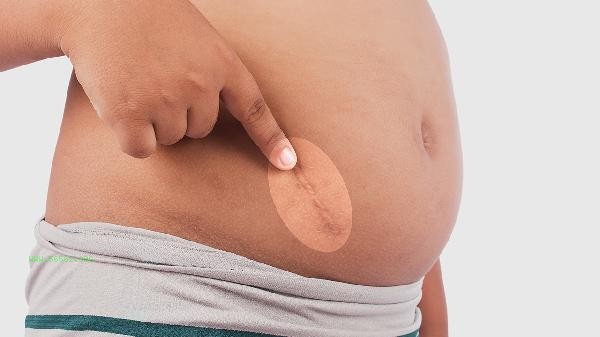

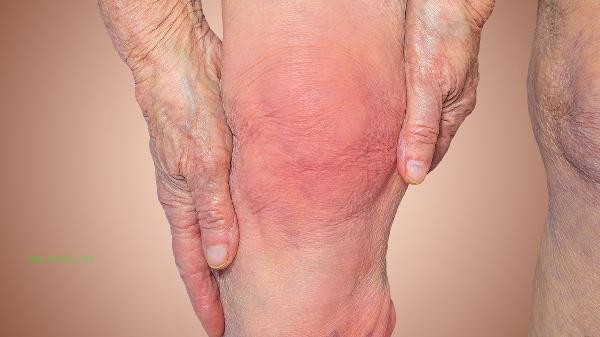
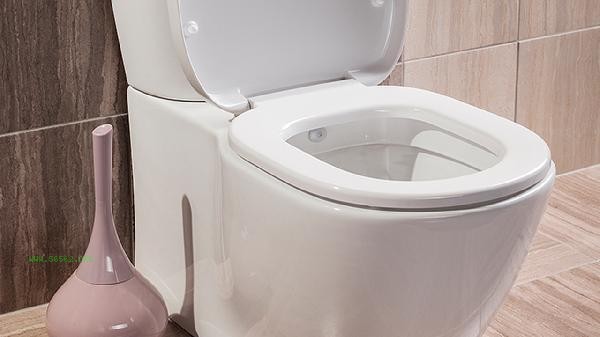
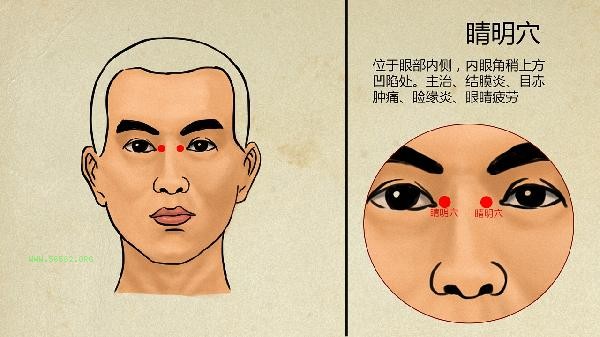

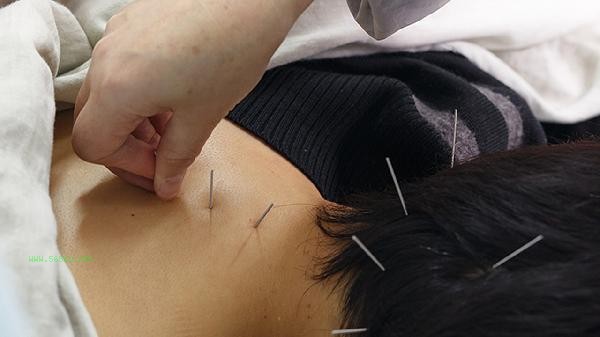


Comments (0)
Leave a Comment
No comments yet
Be the first to share your thoughts!